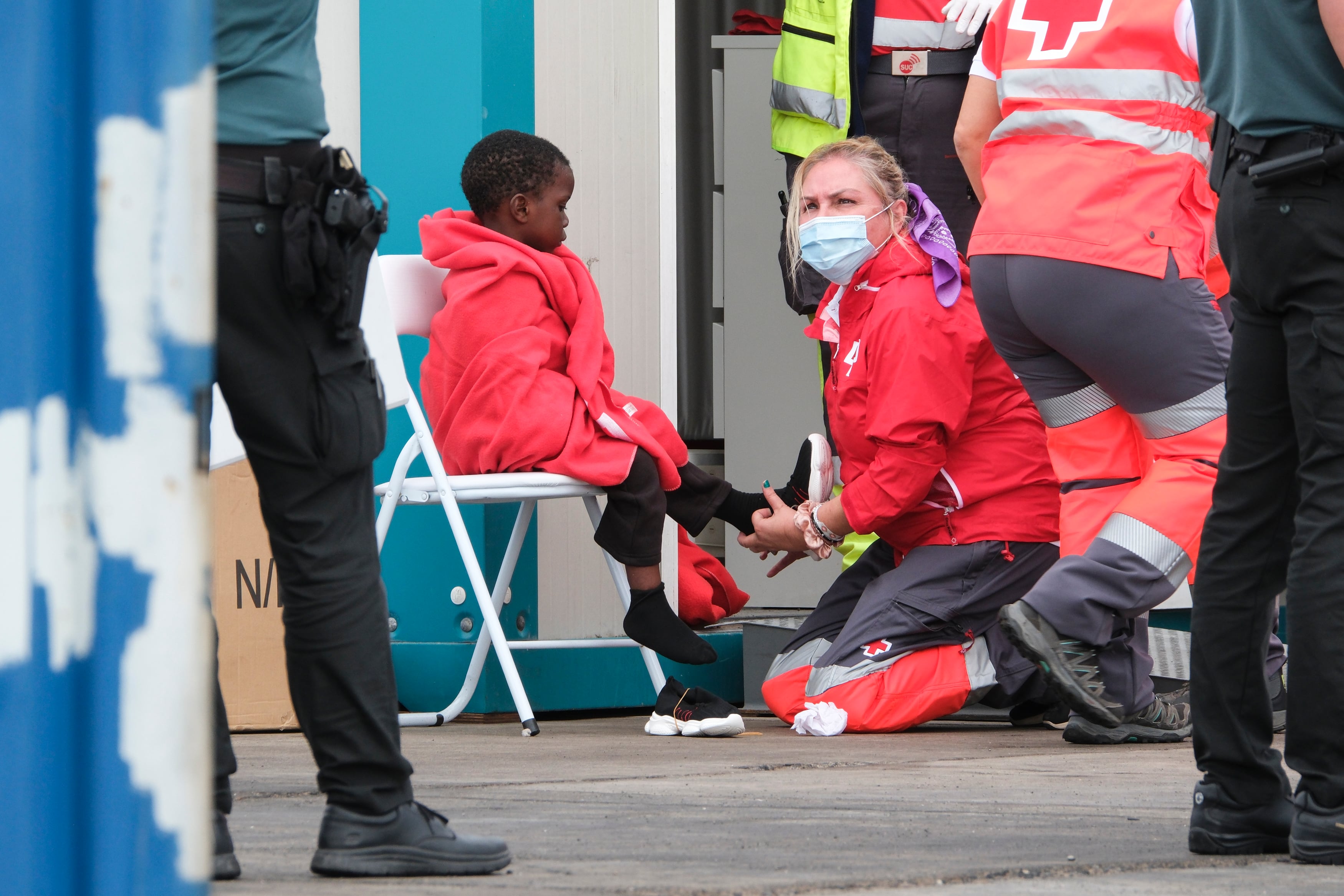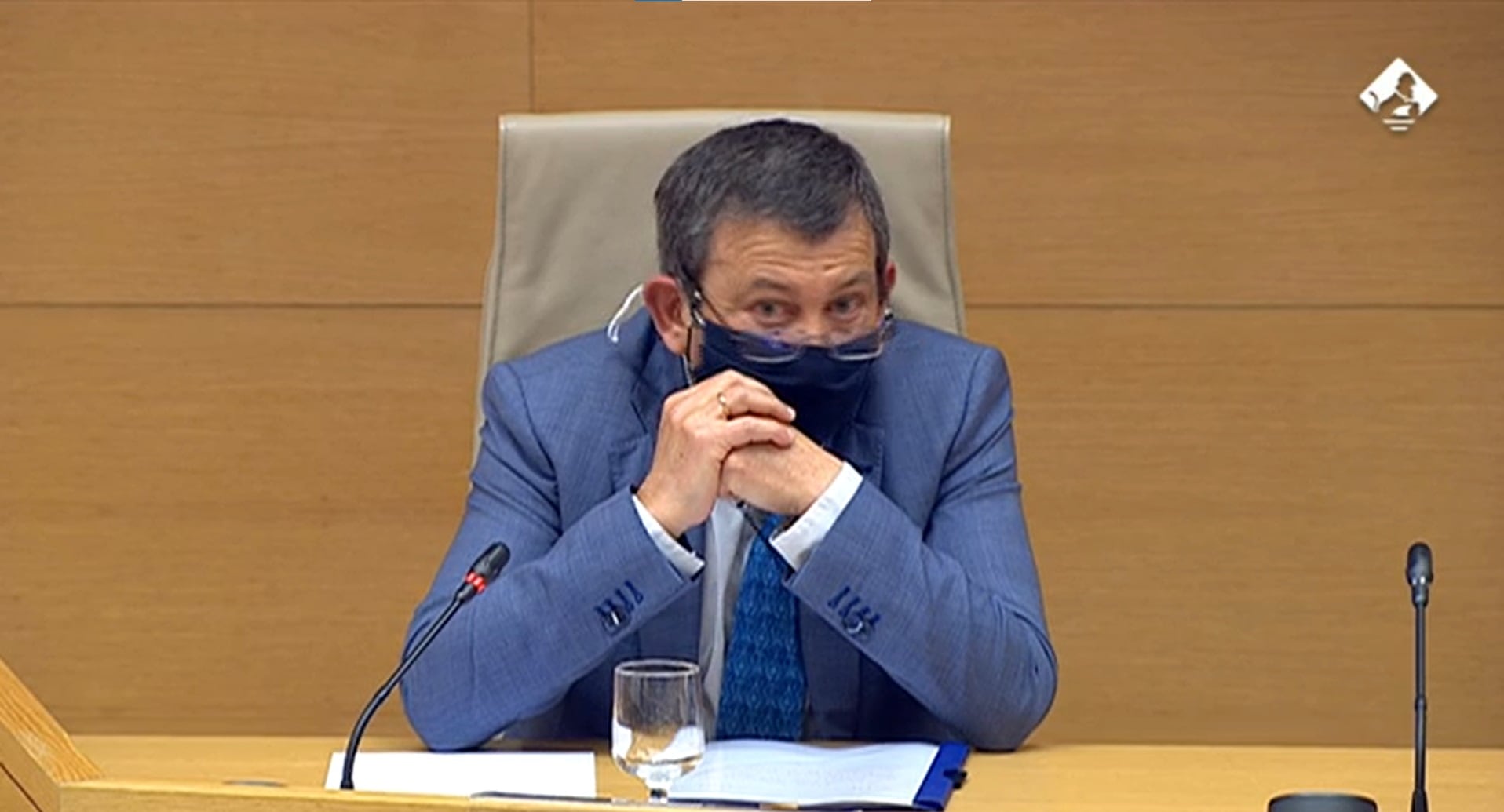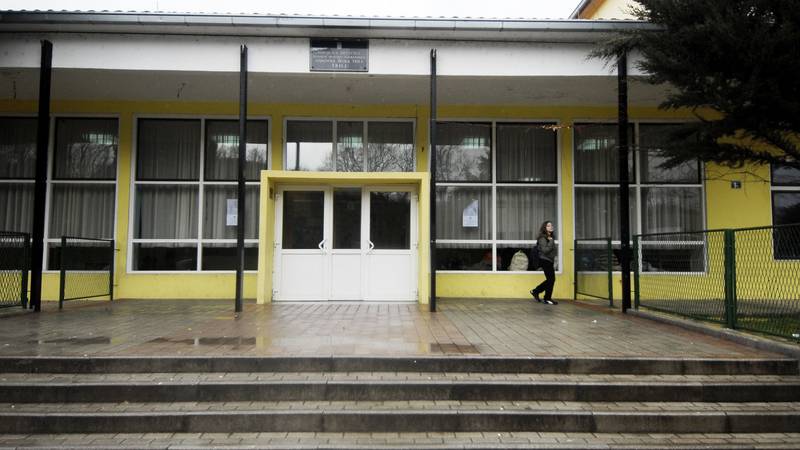National Security warns that most migrants arrived in patera flee from the horror of the Sahel | Spain

Almost three out of four irregular immigrants who entered Spain in maritime in 2024 (When the historical record was reached, with 61,372, 10.3% more than the previous year) They were sub -Saharan and most of them had fleeing the black hole in which the Sahel, the region south of the Sahara abandoned by the European powers and under the growing hegemony of Moscow has become. This is confirmed the annual national security report of 2024, sent to Congress, that appreciates « a paradigm shift with respect to the type of immigrant that reaches the Spanish coasts. » « Traditionally, » he explains, « it was Maghreb, mostly Moroccan, while it is currently originally from Sahel countries. »
This African region, where the coups have proliferated and the Russian military presence has been extended in recent years, suffers the roof of jihadist terrorism which, together with food insecurity, causes massive population displacements. The change in trend began in 2023, When the sub -Saharan added 62% of irregular immigrants arriving at the Spanish coasts, but last year it was already 72%.
The National Security Department says that « Sahel countries have pledged to stop migratory currents through their territories », but adds that « the shortage of resources and, probably, the deliberate efforts of hostile agents to the EU and its member states (in veiled allusion to Russia) to instrumentalize the irregular migration » and can even intensify in the future. ”
The report includes unpublished data of the National Intelligence Center (CNI) and the Ministry of Interior, according to which the number of immigrants from Mali increased 543% last year, to become the first national group among arrivals in Patera, with 15,261 people. The Senegalese, which in 2023 were the most numerous collective, were reduced by 45%, but still 11,824.
« The Sahel is a critical region for Spain, » the document warns. « The Atlantic route has become a preferential route of entry into Spain » and the multifaceted crisis that plagues the region has its epicenter in Mali, he adds. Sahel is the scenario « of 43% of terrorist attacks » that occur in the world. In the region two jihadist groups operate; The Jnim, affiliated with Al Qaeda, and the ISSP, franchise of the Islamic State. The epicenter of the terrorist activity is in the border triangle between Mali, Niger and Burkina Faso, but is expanding towards the Gulf of Guinea and has established itself in traditionally more stable countries such as Benín, Togo and, to a lesser extent, Ghana.
In front of France, which has cut relations with the coup joints of the Sahel, Spain advocates to maintain “the interlocution with the military regimes (of the area) in order to avoid a emptiness of European presence that can be used by third actors”, in reference to Russia and China.
The report confirms, without making value judgments, a “greater presence of ships of the Russian navy in the Gulf of Guinea, in parallel to its deployment in equatorial guinea”, the former Spanish colony where Russian mercenaries underpin the regime of the dictator Teodoro Obiang.
More Algerians, less Moroccan
The reconciliation of Spain with Morocco, after the change of government position on the Sahara conflict, has had a direct reflection in the statistics on immigration by maritime: for the first time, the Algerians (which increased by 36% in 2024) were more (9,552), than the Moroccans, who fell 50%, until they were sixth, with 6,945.
Although only 2,804 immigrants were Mauritans, this country – whose border « the Russian presence is accused, » the report underlines— It has become the main exit door of those who flee from the Sahel. Of its coasts last year 25,081 migrants brought to the Canary Islands; compared to 13,217 from Morocco, a thousand more than from Algeria (12,038). They are followed by Senegal (8,970), Gambia (1.943) and Guinea Bissau (250).
The report emphasizes that « the high number of arrivals » by sea has caused a « high level of stress » to the Spanish reception network, whose resources are occupied at 90%, which has caused Lto chronic saturation of both the international protection system and that of humanitarian care. After Germany, Spain is the European country with the greatest number of asylum applications (165,398), the report underlines. The fact that the majority of those who arrive in the Canary Islands are no longer the Maghreb immigrants, who want to improve their economic situation, but refugees fleeing the terror and the famine of the Sahel, should further raise asylum demands.
Like last year, irregular migratory flows appear in the third position of the risks for national security – after the vulnerability of cyberspace and misinformation campaigns – in the survey of more than 400 experts that the report includes the report.








